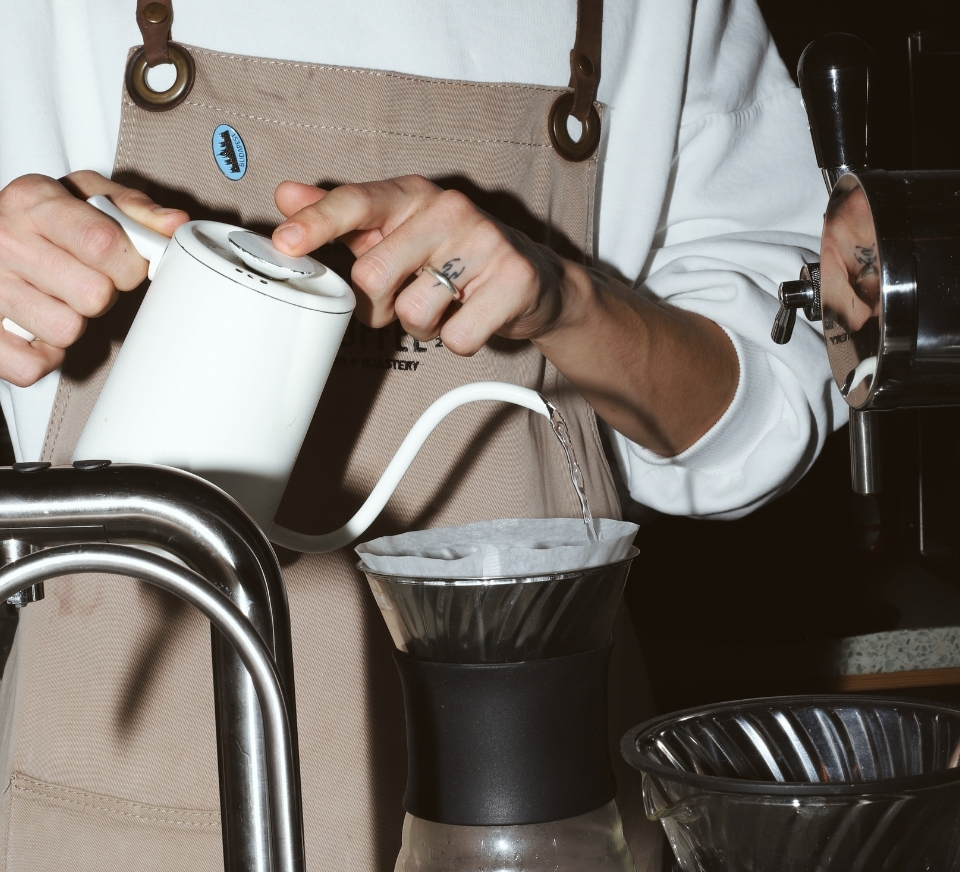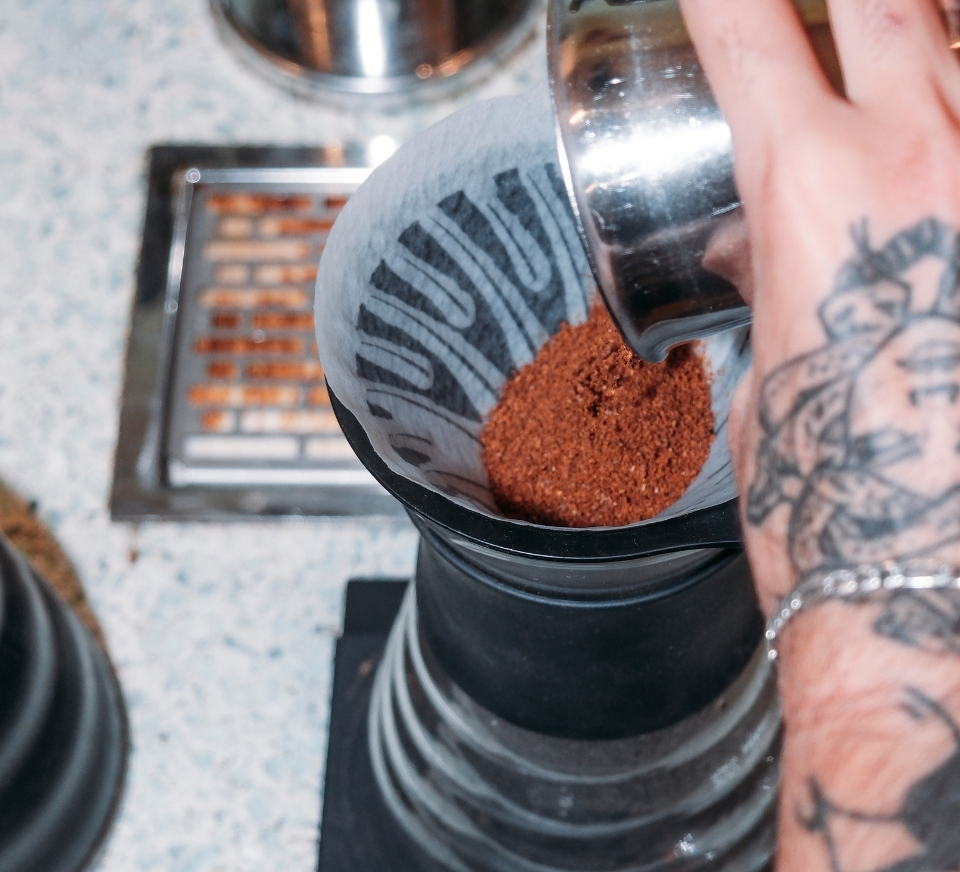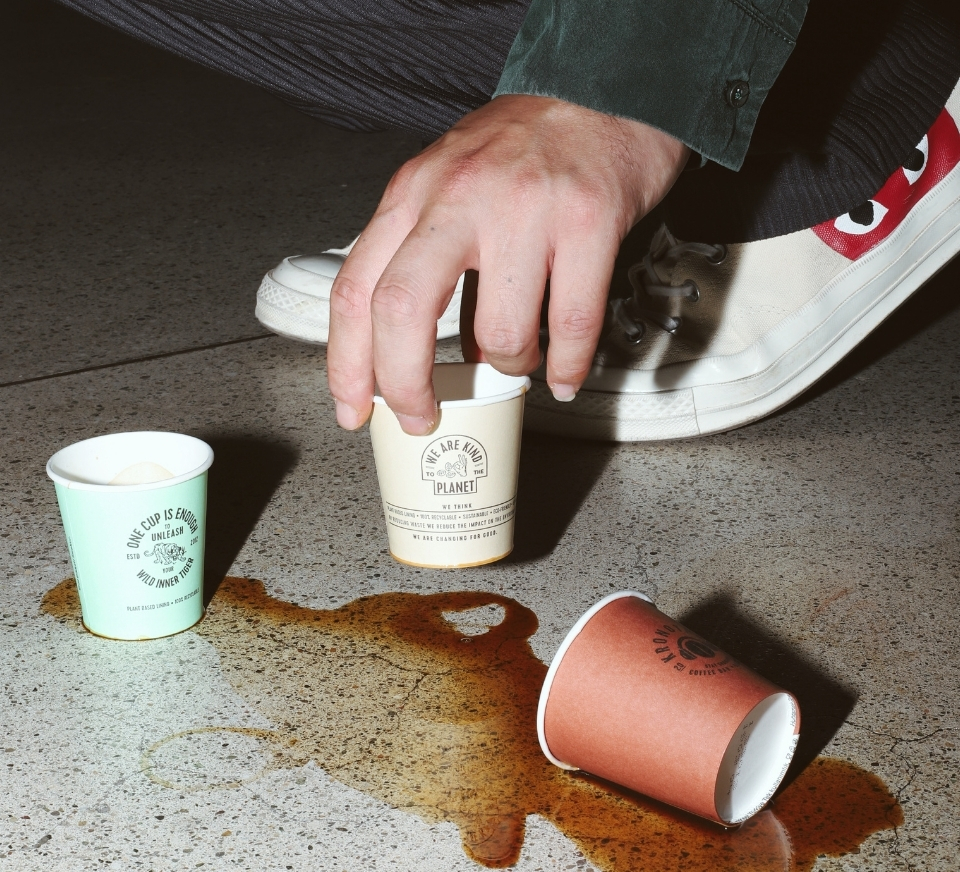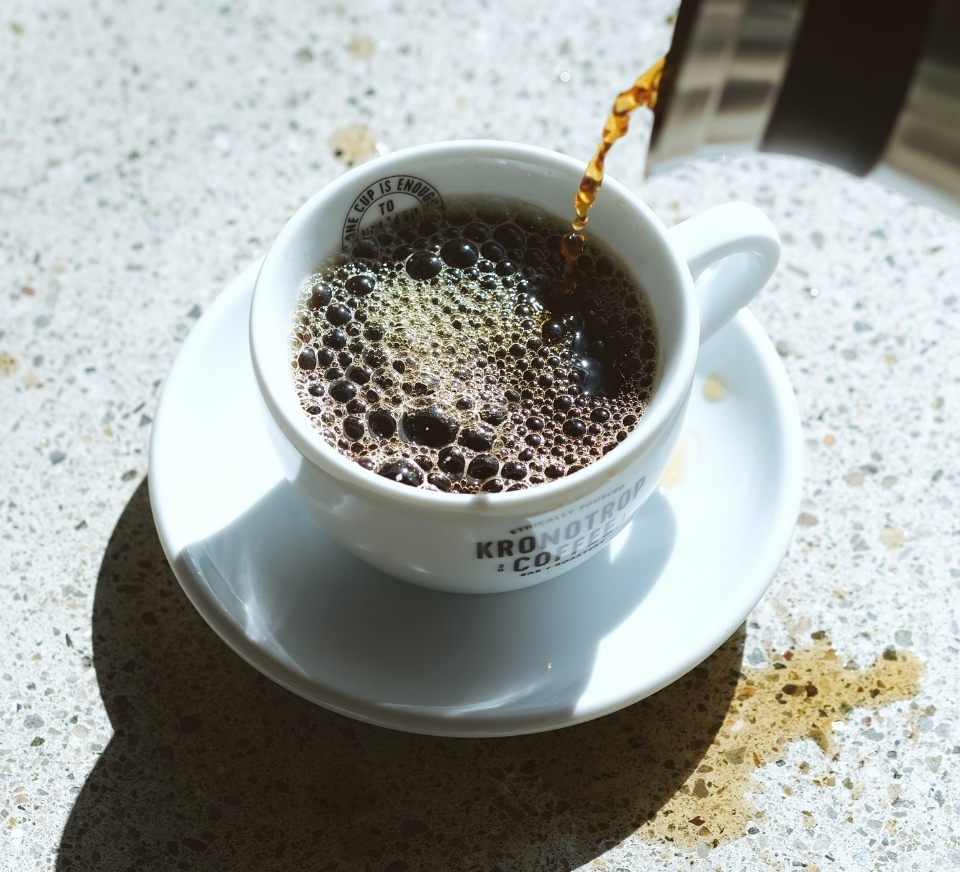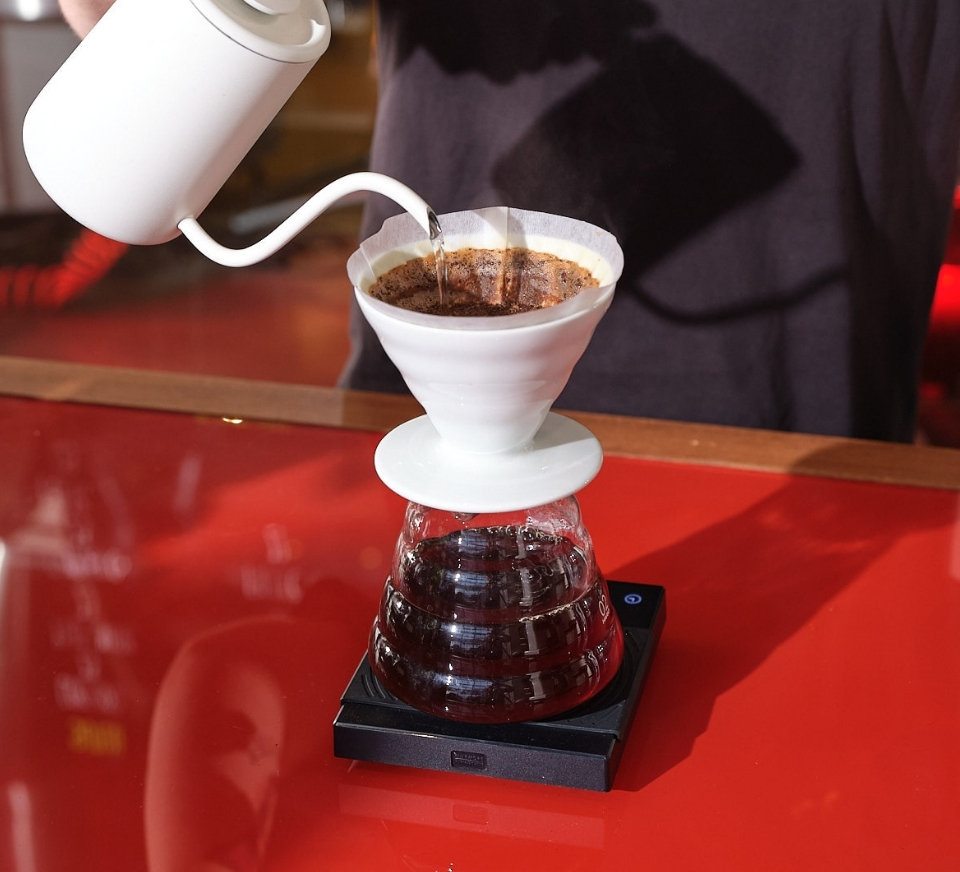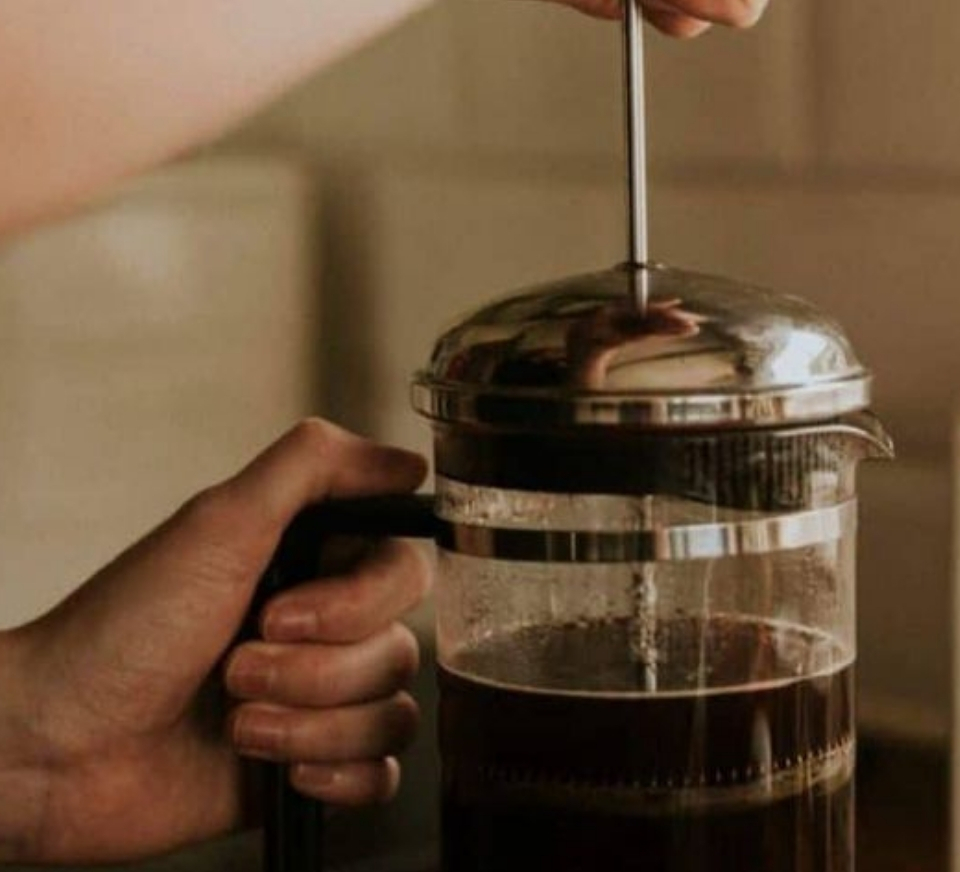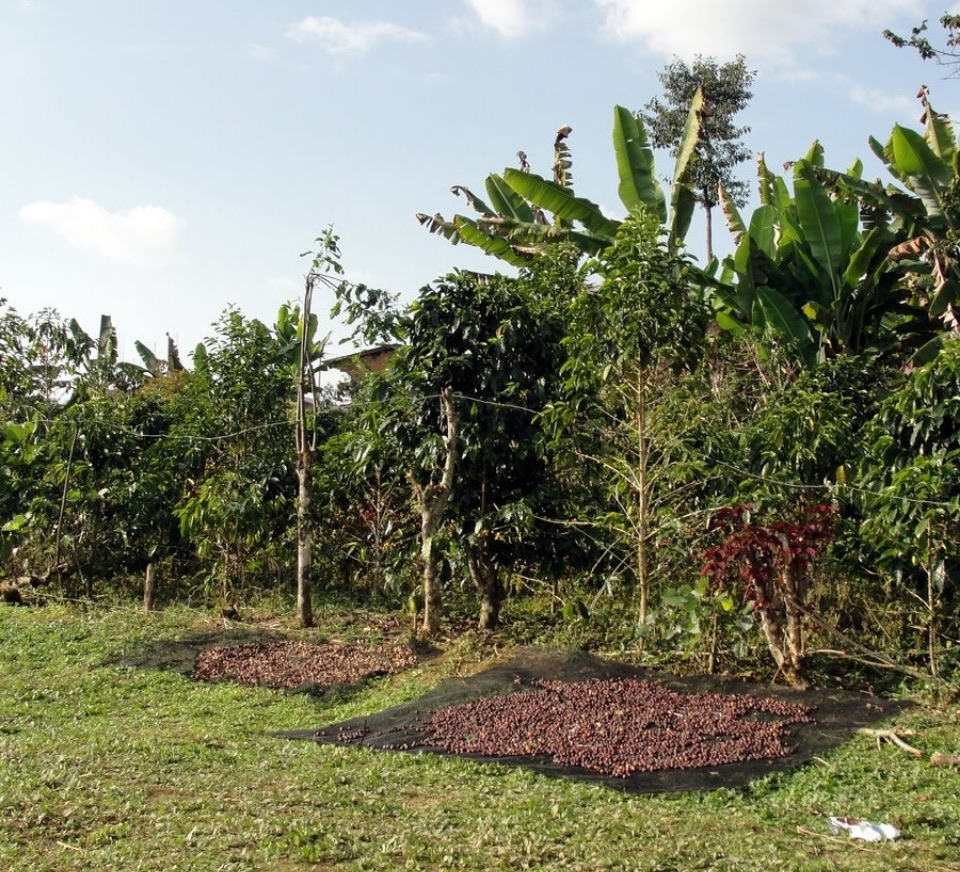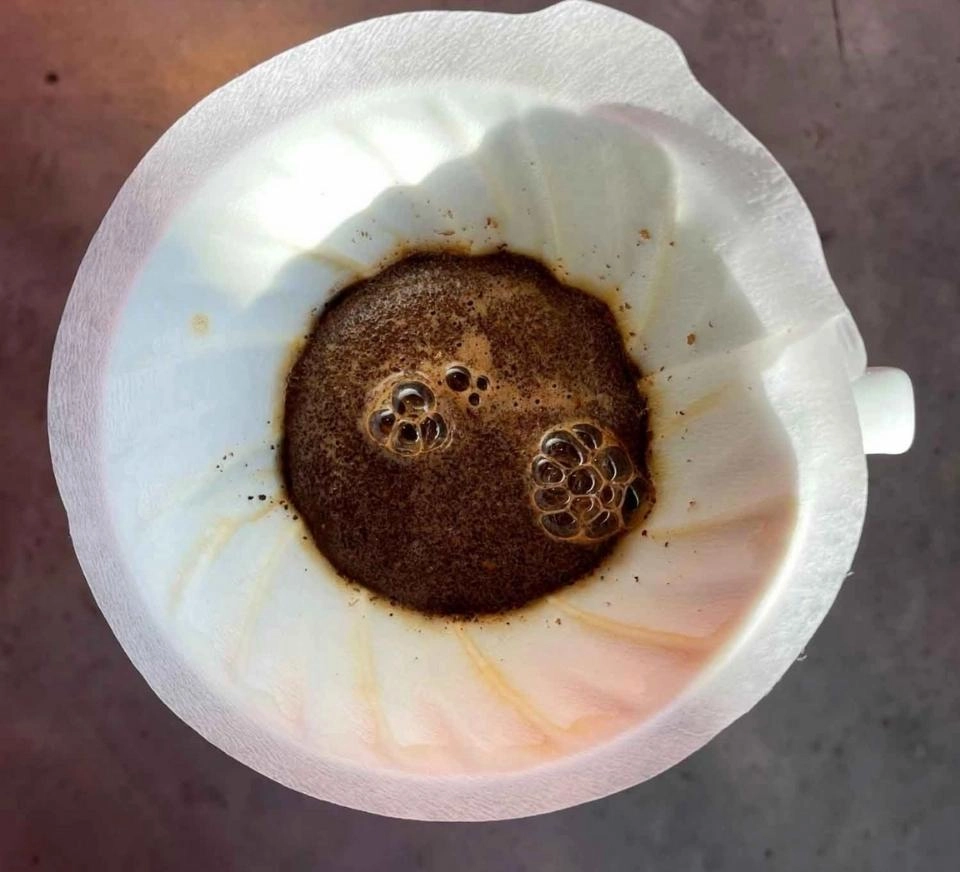
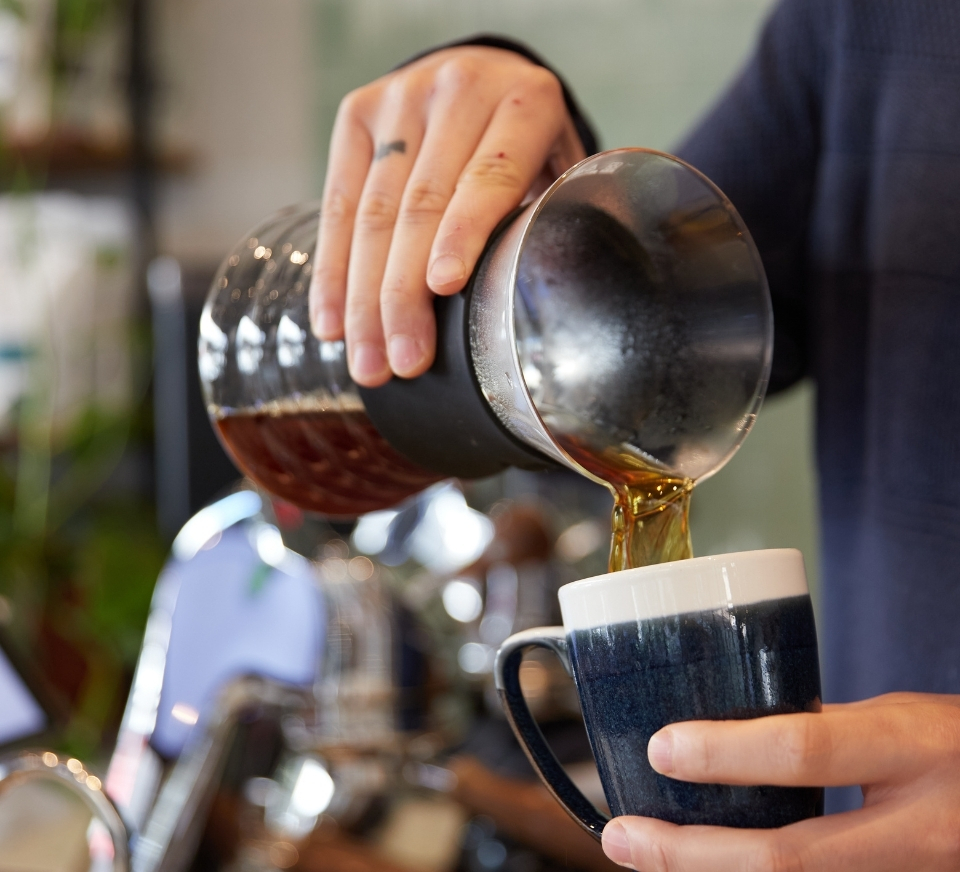
Flavour Theory 101: Intensity
Bitterness is not determined by the of type of coffee beans used, and the intensity of brewed coffee should not equate with bitterness. Let’s learn more about coffee intensity!
Flavour Theory 101: Intensity
Is there really such a thing as "Strong Coffee" ? Or are we all wrong?
A “strong coffee” is a common, but often misused term. All Arabica coffees, regardless of their origin or roasting level, contain approximately 1.5% caffeine. To say that Ethiopian coffee is stronger than Kenyan coffee or that Guatemalan coffee is stronger than Brazilian coffee is misleading, as their caffeine content is the same. However, Robusta coffees contain twice the amount of caffeine as Arabica coffees, and therefore may be more accurately characterised as ‘stronger’.
So, what is this "Intensity"?
In brewed coffee, "intensity" refers to the oils and lipids contained within the coffee bean. During the brewing process, water is used as our universal solvent to extract volatile elements and compounds contained within the coffee beans. The goal is to use water to transport the compounds that are insoluble into the cup. However, excessive extraction does not always result in the best outcome.
Coffee beans contain approximately 28% soluble compounds, while the remaining 72% is composed of insoluble compounds and fibres. There are ideal and non-ideal situations in terms of solubility. Many parameters affect this ideal state, brewing ratio, grind size, turbulence that increases extraction, etc. These methods and parameters collectively contribute to formulating a recipe that determines the flavour profile we aim to achieve in the brewed coffee.
To achieve an "intense" coffee, you must first determine the coffee-water (brewing) ratio suitable for your brew. Following simple logic; a solution appears "intense" when it contains more dissolved solids and less water, and it feels "watery" when it contains fewer dissolved solids and more water. Technically, this is quantified by measuring the ratio of dissolved solids from coffee beans to water, known as "total dissolved solids" or "TDS."
Take the first step to learning how to brew better coffee by checking out our article "Brewing Theory 101: What is Brewing? What Parameters Affect Brewing?".
So, How is the Concept of "Strength" Explained?
The concept of “strength” in coffee can generally be explained as the feeling coffee leaves on the palate. Many supermarket coffees are often roasted too darkly, which results in a burnt and smoky aroma and taste. This misleads us into thinking that the coffee is strong. In contrast, lightly roasted coffee is typically more aromatic, and because it lacks the caramelised and charred flavours of dark coffee, it may be perceived as weaker and milder. However, in a 200ml serving of coffee, the caffeine content is approximately 150 mg, regardless of whether it’s dark or light.
Further, each brewing technique has specific brewing criteria, and the most important one is the coffee-to-water ratio. If you fail to achieve the correct ratio, your coffee will neither ‘strong’ nor ‘weak’. It will be ‘intense’ or ‘watery’. Other parameters, which we have mentioned, also affect brewing.
When purchasing tea at the market, you typically don't assess its strength. The same principle applies to buying coffee. When ordering coffee, communicate your preferred taste to the barista. They will then prepare a coffee customised to your liking, following a recipe with precise techniques and parameters.
Other blog content

